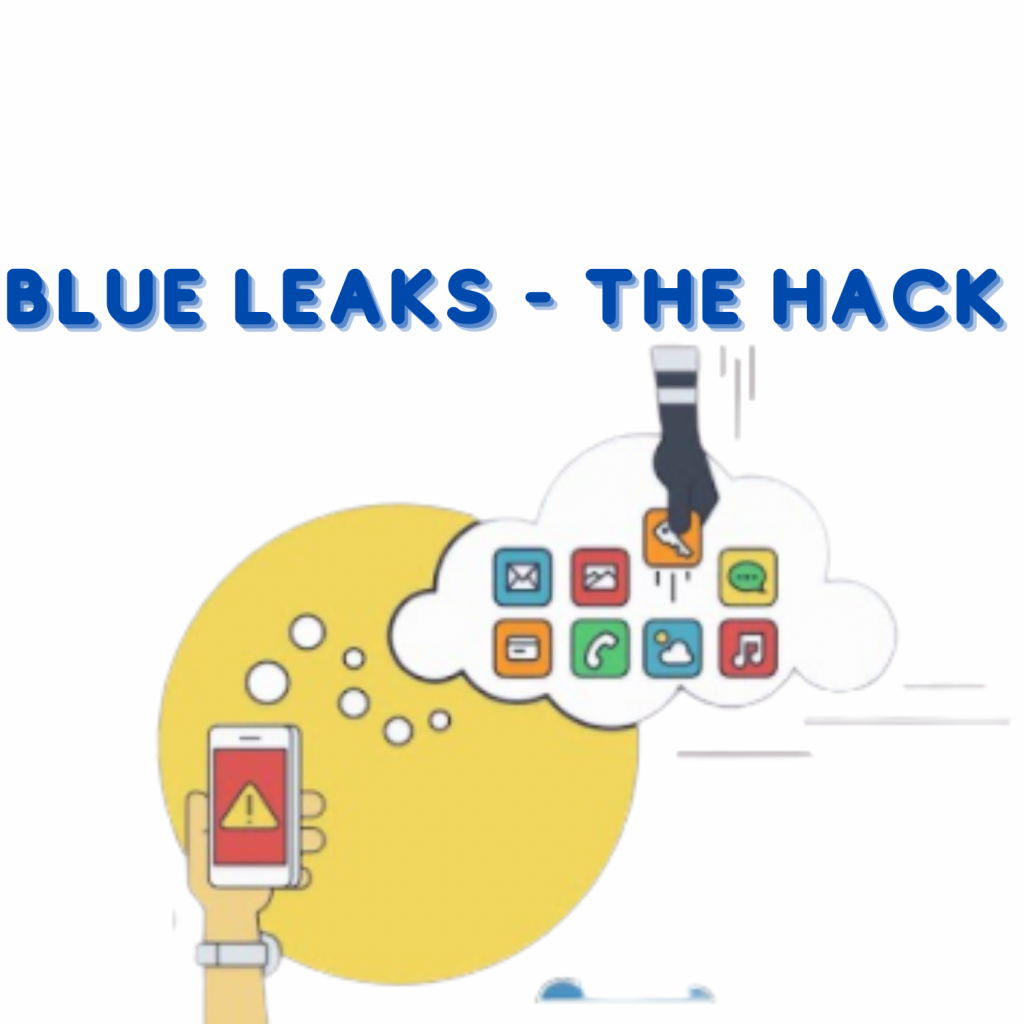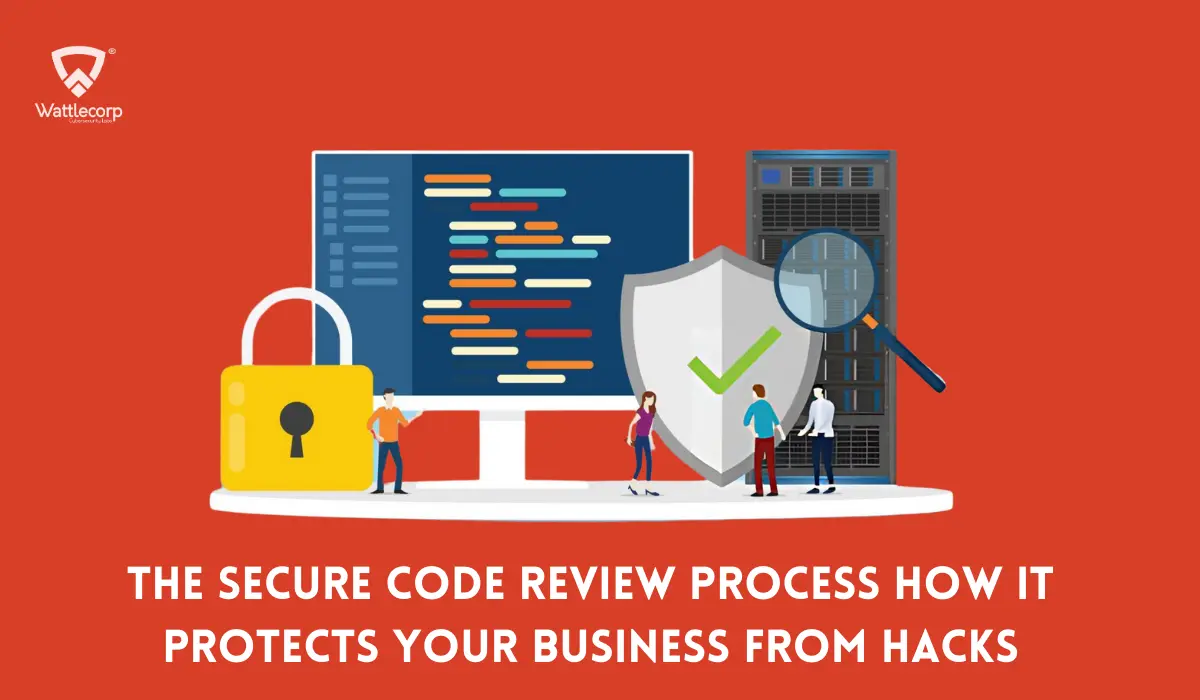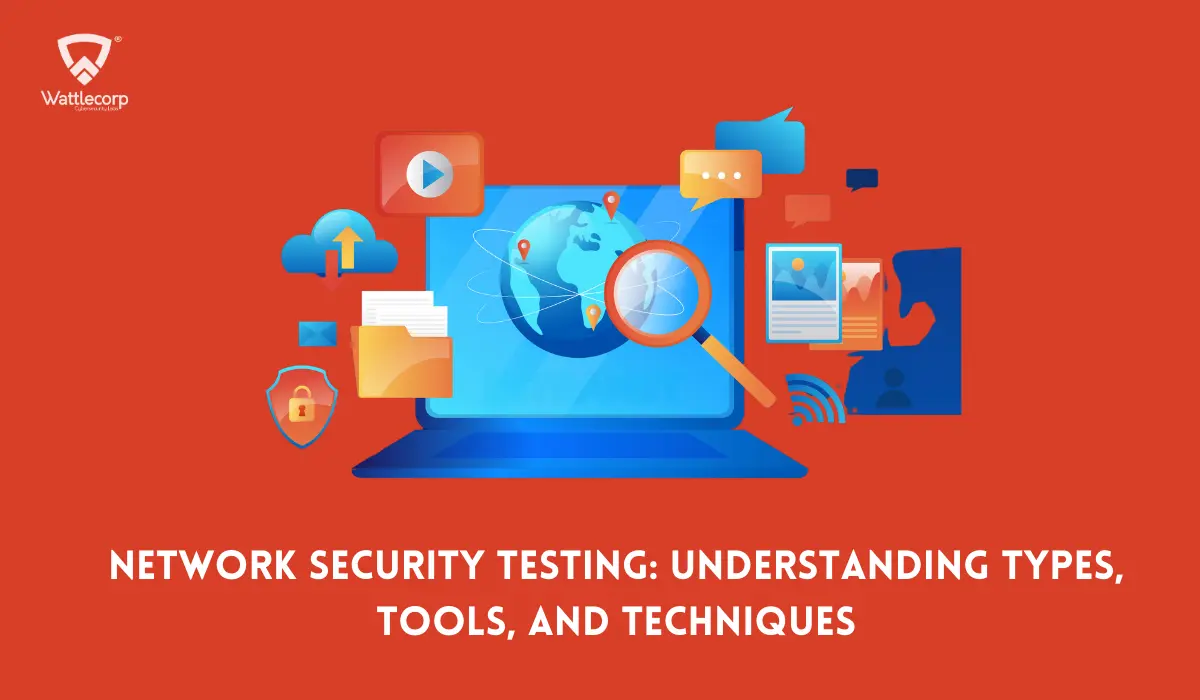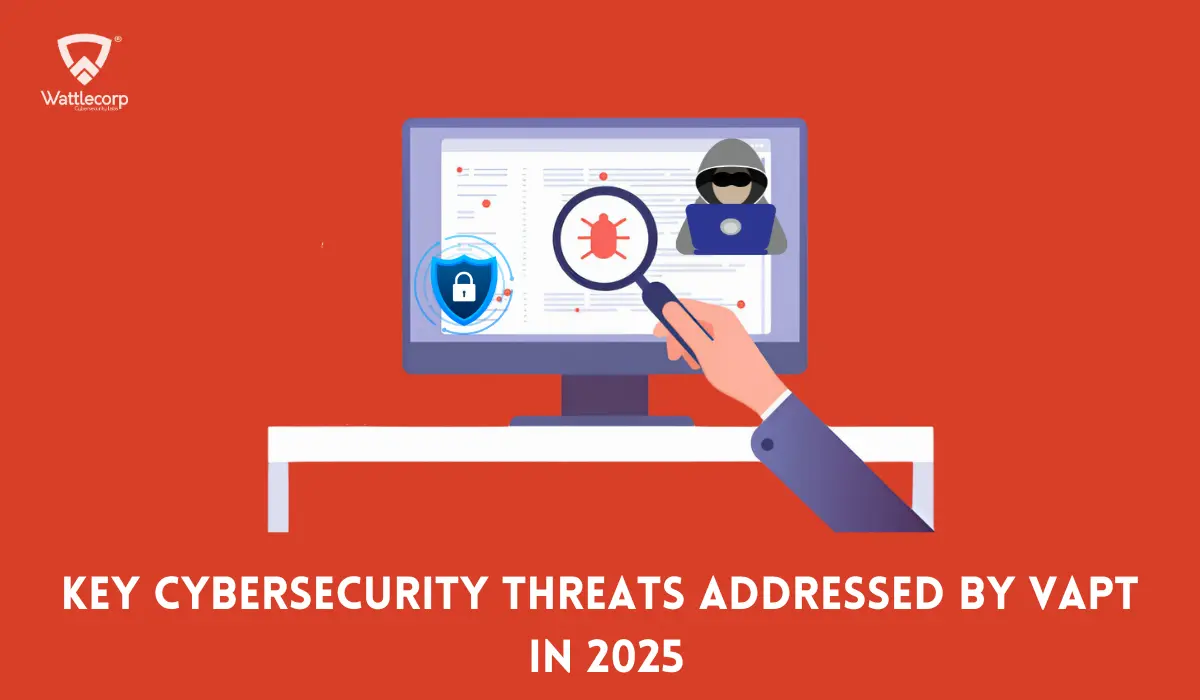With 2020 bringing in many changes that go as quickly as they come, none expected a hack on the American Government system.
Largest Published Hack Of American Law Enforcement Agencies
BlueLeaks refers to 269 gigabytes of internal U.S. law enforcement data obtained by the hacker collective Anonymous and was released on 19th of June, 2020, by the activist group Distributed Denial of Secrets(DDoSecrets), which called it -“the largest published hack of American law enforcement agencies”.

According to the report by KrebsOnSecurity, the data was taken from Nesential, which is a web developer that works with fusion centers and law enforcement agencies. Fusion centers are state-owned information gathering and analyzing centers that often coordinate between different regional, local, and federal law enforcement divisions. Specifically, the groups and fusion centers affected include the Missouri Information Analysis Center, the Northern California Regional Intelligence Center, the Joint Regional Intelligence Center, the Delaware Information and Analysis Center, the Austin Regional Intelligence Center, and Infragard.
The BlueLeaks collection includes internal memos, financial records, and more from over 200 state, local, and federal agencies. More
Read More: How to Stay Updated with Latest Cybersecurity News
The BlueLeaks data set was released on June 19, also known as “Juneteenth,” the oldest nationally celebrated commemoration of the ending of slavery in the United States. This year’s compliance with the date has been renewed in public interest in the wake of widespread protests against police brutality and the filmed killing of George Floyd at the hands of Minneapolis police.
During the George Floyd protests, law enforcement agencies monitored the protester’s statements and messages over social media. The leaked reports found that the police were aware of the potential for their surveillance to violate the Constitution. They distributed documents to police filled with rumors and warnings that the protests would become violent, sparking fear among police officers.
Read More: Why BlueLeaks Shatters Internal Security
The leaks were released at hunter.ddosecrets.com and announced on the @DDoSecrets Twitter account. The account was banned shortly after for “dissemination of hacked materials” and for the “information that could have put individuals at risk of real-world harm”. The Wired magazine reported that Distributed Denial of Secrets attempted to remove sensitive information from the data before its publication.
National Fusion Center Association (NFCA) officials confirmed the authenticity of the data, according to documents obtained by security journalist Brian Krebs; the organization warned its members that hackers may use this leaked information to target them. German authorities seized a server used by DDoSecrets at the request of U.S. authorities. The server had hosted the BlueLeaks files, but the documents remained available for downloading through BitTorrent and other websites.
Interested and want to know more about similar hacks on government websites? Follow the blog to get the latest trends in the field of cybersecurity.







